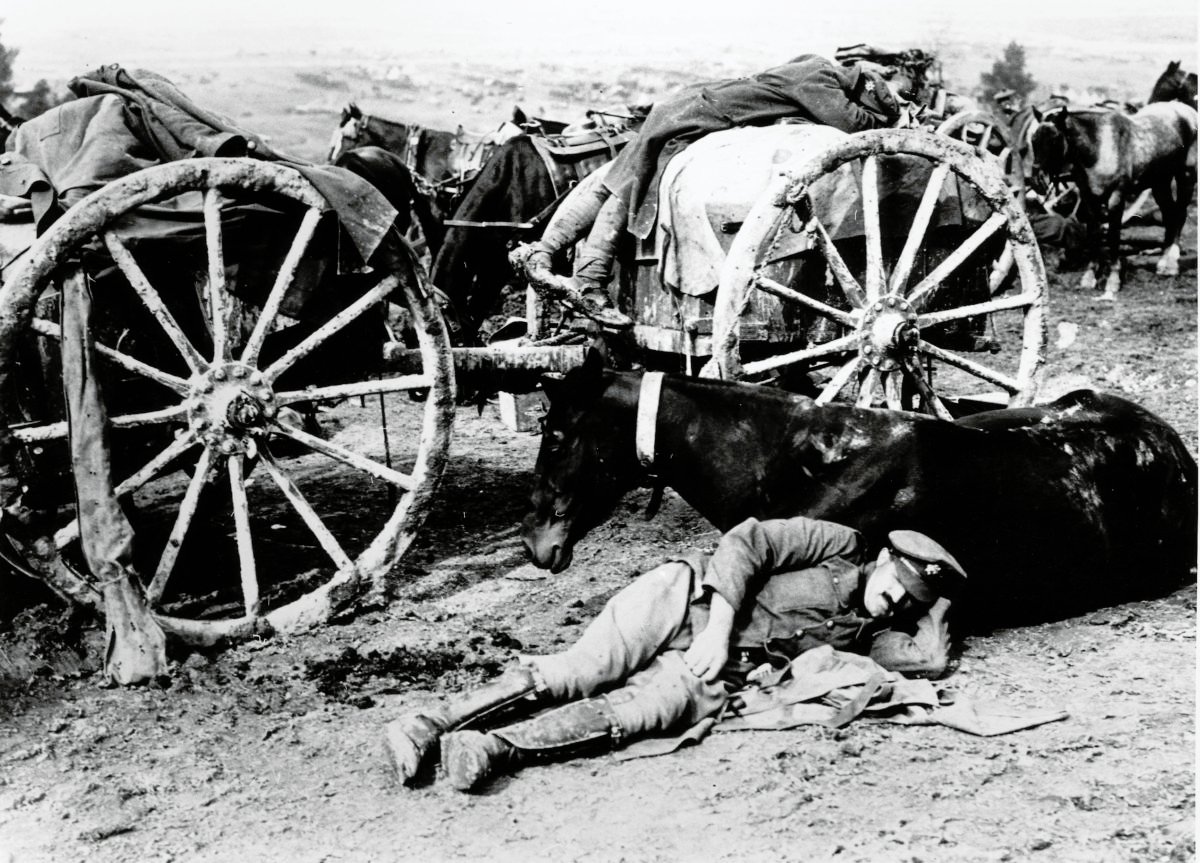-
Downfall of the Alternate Animal Sanctuary

It’s time to regulate private animal rescue sanctuaries. The events surrounding the demise of the Alternate Animal Sanctuary in Lincolnshire demonstrates the urgent need to regulate such enterprises and shows there are instances when animals need protection from their saviours. The situation began with a lady who found she “could not say no” – a…
-
Remembering the war horses & the men who cared for them.

They fought together, rested and ate together and ultimately died together. It is that time of year when we remember the fallen in wars, particularly those in the Great War. Last year, being the 100th. anniversary of the armistice, I was prompted to try and discover more about the role one of my grandfathers played…